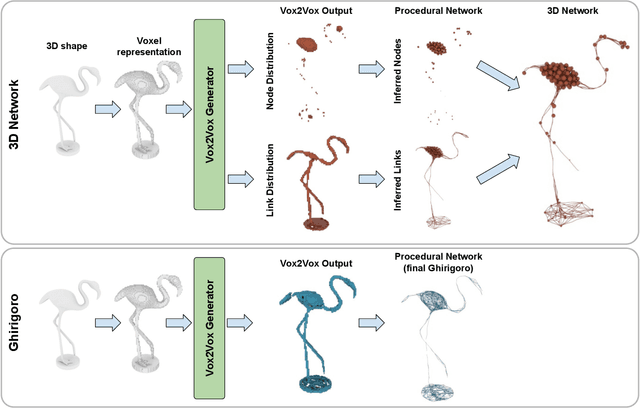Luca Stornaiuolo
ESPLoRA: Enhanced Spatial Precision with Low-Rank Adaption in Text-to-Image Diffusion Models for High-Definition Synthesis
Apr 18, 2025Abstract:Diffusion models have revolutionized text-to-image (T2I) synthesis, producing high-quality, photorealistic images. However, they still struggle to properly render the spatial relationships described in text prompts. To address the lack of spatial information in T2I generations, existing methods typically use external network conditioning and predefined layouts, resulting in higher computational costs and reduced flexibility. Our approach builds upon a curated dataset of spatially explicit prompts, meticulously extracted and synthesized from LAION-400M to ensure precise alignment between textual descriptions and spatial layouts. Alongside this dataset, we present ESPLoRA, a flexible fine-tuning framework based on Low-Rank Adaptation, specifically designed to enhance spatial consistency in generative models without increasing generation time or compromising the quality of the outputs. In addition to ESPLoRA, we propose refined evaluation metrics grounded in geometric constraints, capturing 3D spatial relations such as \textit{in front of} or \textit{behind}. These metrics also expose spatial biases in T2I models which, even when not fully mitigated, can be strategically exploited by our TORE algorithm to further improve the spatial consistency of generated images. Our method outperforms the current state-of-the-art framework, CoMPaSS, by 13.33% on established spatial consistency benchmarks.
3D Topology Transformation with Generative Adversarial Networks
Jul 07, 2020



Abstract:Generation and transformation of images and videos using artificial intelligence have flourished over the past few years. Yet, there are only a few works aiming to produce creative 3D shapes, such as sculptures. Here we show a novel 3D-to-3D topology transformation method using Generative Adversarial Networks (GAN). We use a modified pix2pix GAN, which we call Vox2Vox, to transform the volumetric style of a 3D object while retaining the original object shape. In particular, we show how to transform 3D models into two new volumetric topologies - the 3D Network and the Ghirigoro. We describe how to use our approach to construct customized 3D representations. We believe that the generated 3D shapes are novel and inspirational. Finally, we compare the results between our approach and a baseline algorithm that directly convert the 3D shapes, without using our GAN.
 Add to Chrome
Add to Chrome Add to Firefox
Add to Firefox Add to Edge
Add to Edge